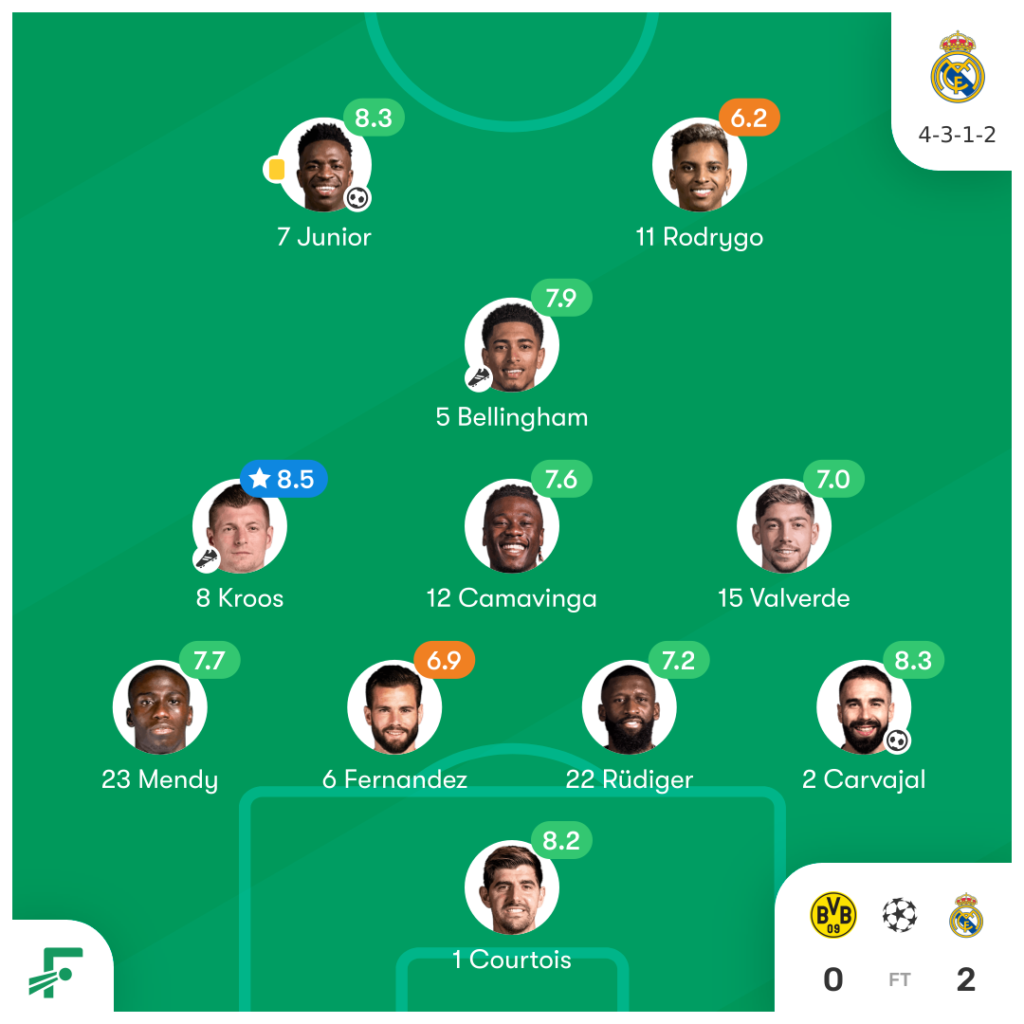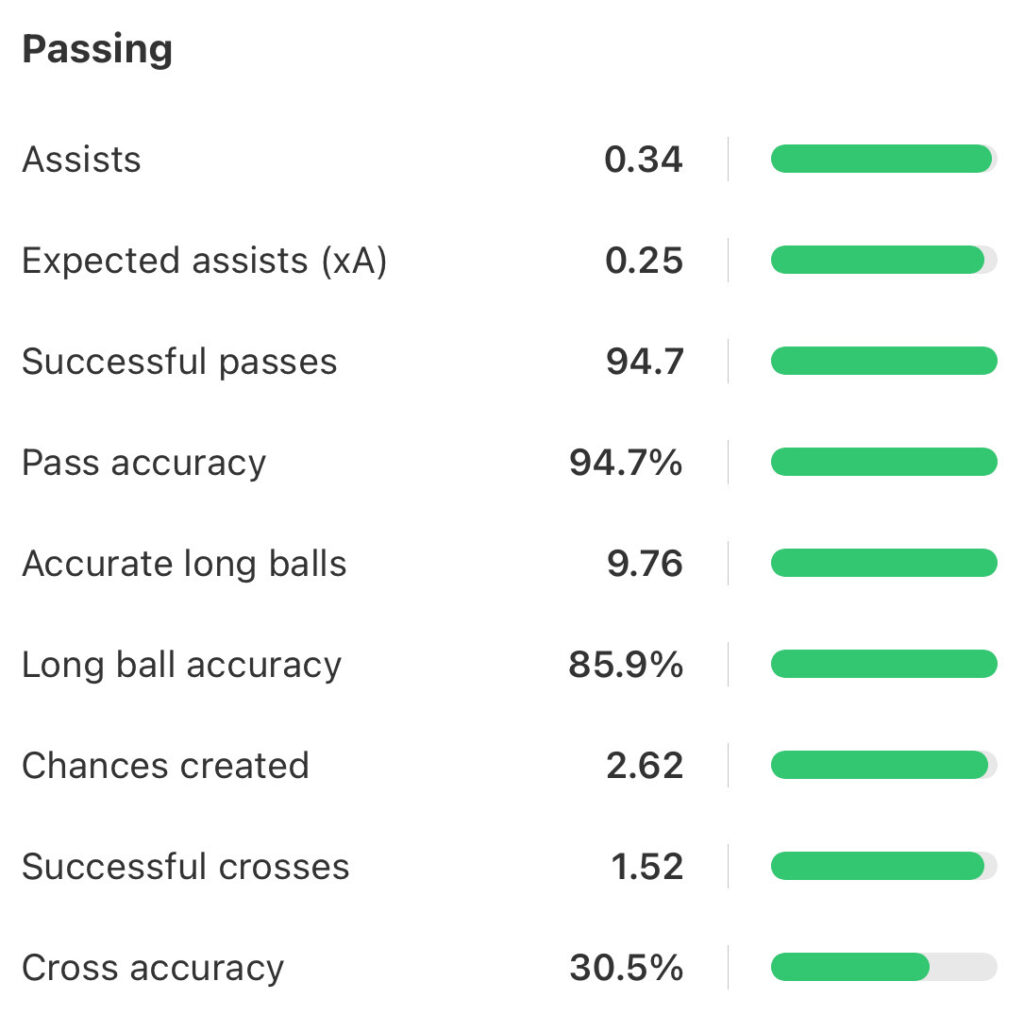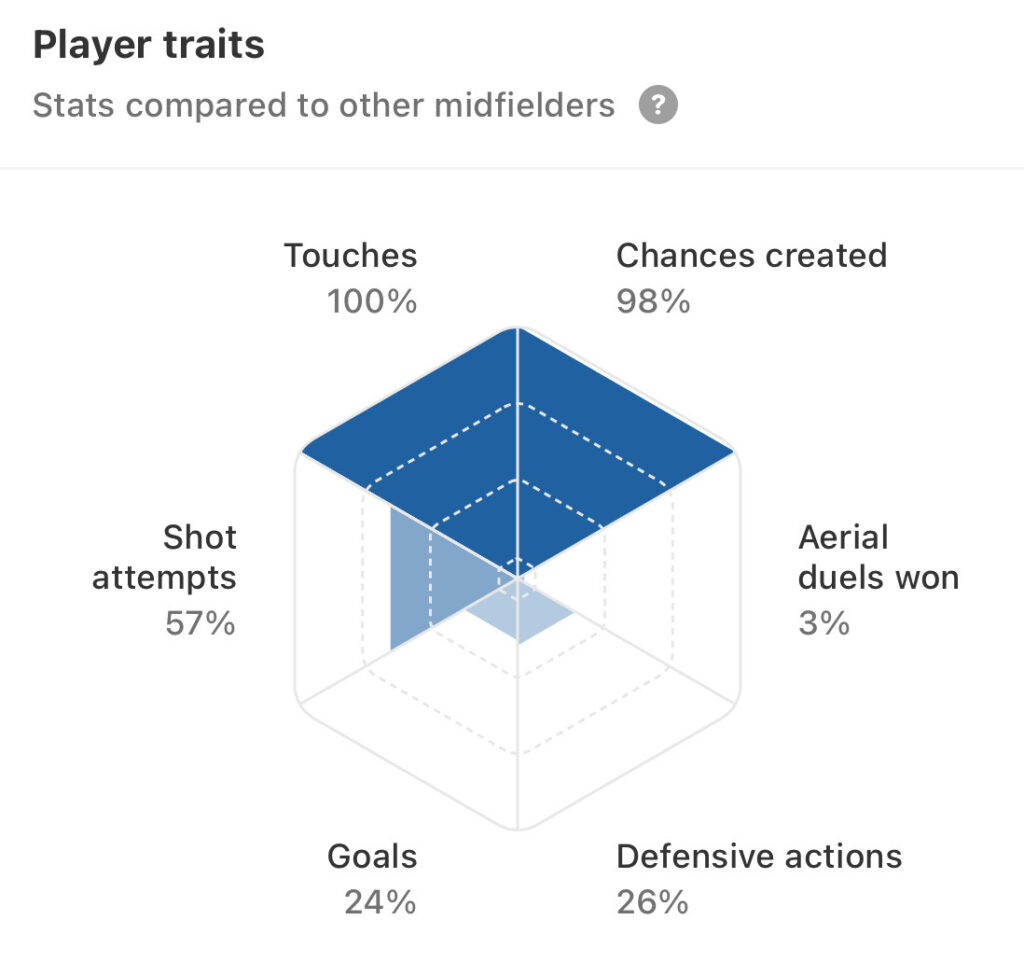The Toni Kroos legacy and the hole Madrid must fill next season
One last club game down, one last international tournament to go. Toni Kroos is bowing out at the very, very top of the game, a Champions League final his career-ending game for Real Madrid and Euro 2024 set to be the same platform for the German national team. How far he, and they, go on home soil will dictate whether it’s a fairytale ending or not, but the Kroos legacy has already been written regardless. He bows out without dropping so much as a step down the ladder or losing his place in the team and, for Real Madrid, it will create an enormous gap to fill next season and beyond.
For much of this past campaign, Kroos has been in Madrid’s diamond midfield under Carlo Ancelotti; sometimes left, sometimes deepest point, always in control, always surrounded by plenty of others able and willing to do the running for him so the German’s talented boots could dominate the park.
In some ways it’s a surprise Kroos is bowing out now: he was as or more in-form and important to the team than over the past few seasons and is going out at the very top. On the other hand, that’s clearly what he wants – to be seen as an elite performer and only that.

Given his medal haul over the years and the final fixture he played in at club level, it’s hard to argue against anything else – especially regarding how his outings in 2023/24 stack up against others.
He was, for example, a monster across the passing stats in Spain this year. That’s expected, but it’s still impressive in his consistency and quality – and in how far ahead of the competition he was.
Almost 95 accurate passes per 90 minutes is wild enough, given how much that shows he controlled Madrid’s play all season, but then to note that only one other player even managed over 80 and it shows the scope of his dominance there. Take away Barcelona and Real Madrid players, and the highest passes-per-90 completed by any other LaLiga player was 75. And more than that: Kroos’ accuracy percentage is also a mile ahead of the chasing pack, very slightly under 95 per cent of all his passes, all season long, found their mark. Only Frenkie de Jong (93%) and Andreas Christensen (94%) could get close to that, from players making 65 or more accurate passes a game – and neither got to 2,000 league minutes of action. Kroos played 2,130.

He was top of the charts for long passes finding their mark too, 9.8 per 90 way clear of a host of would-be challengers who managed around 5 or 6. Again, his accuracy rate was also far, far superior, with nobody eclipsing 75% on that front except Luka Modrić (79%) and Kroos himself (86%).
Yet the numbers alone don’t do justice to the scale, the invention, the bravery or the intelligence of his passing. They can’t tell the story of how few can even begin to see what he does, let alone go ahead and execute it.
His xA for the campaign of 5.9 and his actual assists of 8 tell us he created more goals than he might have done. They don’t tell us that two games into the season he picked out Jude Bellingham on the run between two defenders and the goalkeeper for the go-ahead goal from 35 yards, or that his late set-piece delivery earned points against Sevilla or Las Palmas, or that he helped send them top with his pinpoint ball for Lucas Vázquez to beat Alavés in stoppage time.
Kroos’ influence was non-stop, and rarely beaten. Consider that never mind in LaLiga, in all top leagues no midfielder had more touches than him – and he created more chances than 97% of other players, too.
It is often said in the modern game that the Barcelona trio of Sergio Busquets, Andres Iniesta and Xavi Hernández redefined how midfielders can play the game at the very top, how they became the blueprint for future playmaking, controlling, high-calibre players which were a must at the highest end of the game.

If that was so then Kroos arguably represents the second iteration, a part-combination of each, given his propensity to contribute so much to defensive performances too. Not the quickest, he was still agile in the challenge, determined in his work rate, and far more intelligent positionally than many an opponent – beating him was as tough as getting the ball off him, when on his game.
For any club but Real Madrid, it would be daunting to replace him. They arguably have a plug-and-play option to simple look at a quartet of Tchouaméni, Camavinga, Valverde and Bellingham now as a midfield which can continue to dominate – but none quite yet have the class, the vision, the sheer consistency and volume of on-the-ball productivity that the iconic German has done. For this player in particular, filling his boots will have to be done in a very different way altogether.
(Cover image from IMAGO)
You can follow every game from Euro 2024 with xG, deep stats, and players ratings, on FotMob this season. Download the free app here.